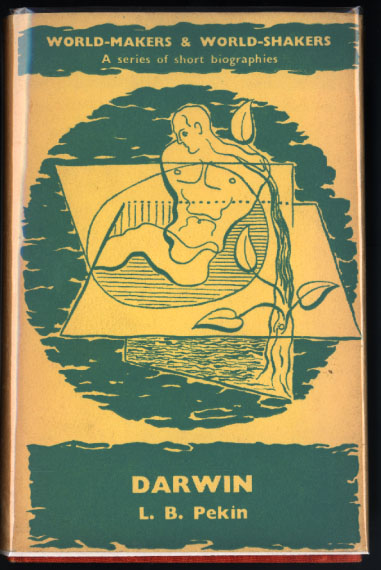brief guide to a great twentieth-century writer
Kafka was a writer of such stunning originality that usually no more than a single sentence is required to identify his work. He conjured up arresting images and unforgettable scenes, and wrote stories unlike any that had gone before.
Those, and I am one of them, who find even a small ordinary sized mole disgusting, would probably have died of disgust if they had seen the great mole that a few years back was observed in the neighbourhood of one of our villages, which achieved a certain transitory celebrity on account of the incident.
 This introductory guide to the writer and his work comes from a new series by Oxford University Press. They are written by specialists, aimed at the common reader, and offer an introduction to the main cultural and philosophical ideas which have shaped the western world. Ritchie Robertson takes a fairly even-handed approach to Kafka: appreciative, not uncritical, and certainly avoiding the hagiographic excesses of many commentators who would elevate him to saint-like status.
This introductory guide to the writer and his work comes from a new series by Oxford University Press. They are written by specialists, aimed at the common reader, and offer an introduction to the main cultural and philosophical ideas which have shaped the western world. Ritchie Robertson takes a fairly even-handed approach to Kafka: appreciative, not uncritical, and certainly avoiding the hagiographic excesses of many commentators who would elevate him to saint-like status.
Instead, he takes a quick look at Kafka’s tortured life, and reasonably argues that much of his writing is a metaphorical or a symbolic rendering of it. There are some suggestions on how we might read Kafka, but his choice is to look at three or four key texts in detail, whilst bringing in support for his arguments from Kafka’s many fragments of writing, his aphorisms, and his voluminous correspondence.
Kafka anticipated much of the radical alienation, the existential Angst and sense of terror which became obvious in European political life after his death. This comes through clearly, but Robertson also takes interestingly novel approaches which look at aspects of Kafka’s work which are often ignored.
One of these is a particularly incisive chapter on The Body in Kafka’s writing. He argues persuasively that physical attributes, denial of the body through fasting, and even gestures feature as symbolic forces in his work.
Another fruitful theme he explores is Kafka’s fascination with institutions and figures of power, towards which he had an often ambiguous relation. These include the family, the legal system (in which he worked) the bureaucratic organisation, the court, the church, the castle, the judge, and the father – to whom he wrote the famous letter which was not sent.
The writing is clear, polished, and non-patronising. Like most good critical commentary, it makes you feel like going back to the original texts to read them again.
Finally he turns to a religious reading – the traditional manner in which this most enigmatic of writers has been interpreted. He deals with Kafka’s ambiguous position within a Jeudeo-Christian tradition, then passes on to his spiritual sense of self which became particularly marked in his later work.
This is a very interesting and attractive format – a small, pocket-sized book, stylishly designed, with illustrations, endnotes, suggestions for further reading, and an index.
© Roy Johnson 2004
Ritchie Robertson, Kafka: A Very Short Introduction, Oxford: Oxford University Press, 2004, pp.136, ISBN 0192804553
More on Franz Kafka
More on the novella
More on literary studies
More on short stories
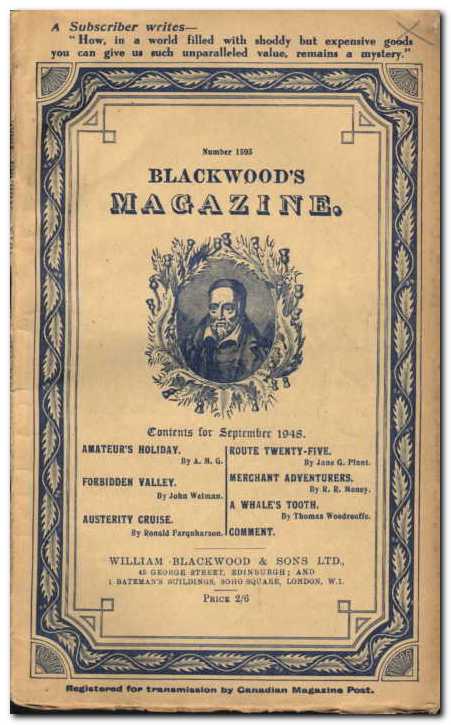
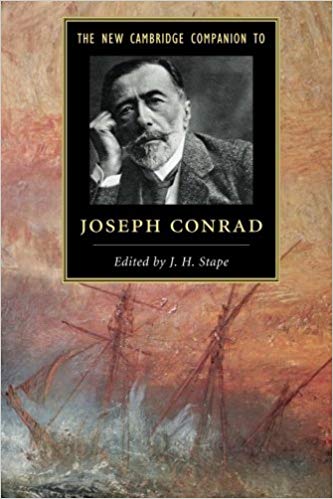
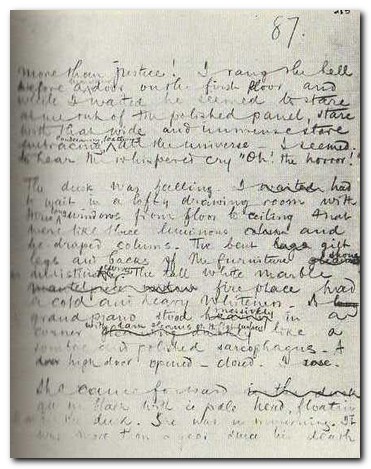
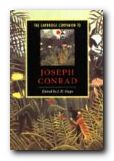 The Cambridge Companion to Joseph Conrad offers a series of essays by leading Conrad scholars aimed at both students and the general reader. There’s a chronology and overview of Conrad’s life, then chapters that explore significant issues in his major writings, and deal in depth with individual works. These are followed by discussions of the special nature of Conrad’s narrative techniques, his complex relationships with late-Victorian imperialism and with literary Modernism, and his influence on other writers and artists. Each essay provides guidance to further reading, and a concluding chapter surveys the body of Conrad criticism.
The Cambridge Companion to Joseph Conrad offers a series of essays by leading Conrad scholars aimed at both students and the general reader. There’s a chronology and overview of Conrad’s life, then chapters that explore significant issues in his major writings, and deal in depth with individual works. These are followed by discussions of the special nature of Conrad’s narrative techniques, his complex relationships with late-Victorian imperialism and with literary Modernism, and his influence on other writers and artists. Each essay provides guidance to further reading, and a concluding chapter surveys the body of Conrad criticism.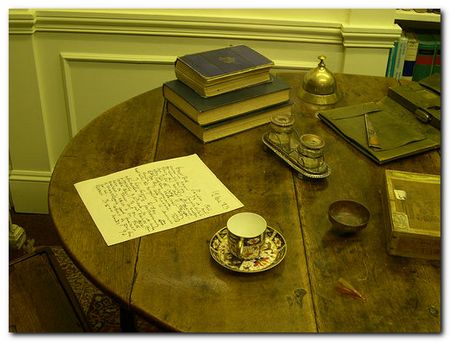
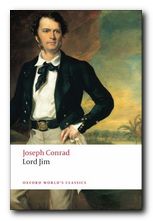 Lord Jim
Lord Jim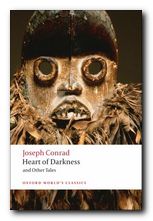 Heart of Darkness
Heart of Darkness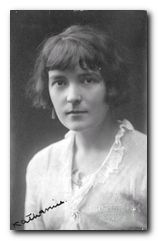 1888. Katherine Mansfield Beauchamp was born into a socially prominent family in Wellington, New Zealand. Her father was a banker, who went on to become chairman of the Bank of New Zealand. She was first cousin of Elizabeth Beauchamp, who married into German aristocracy to become Countess Elizabeth von Arnim. She had a somewhat insecure childhood. Her mother left her when she was only one year old to go on a trip to England. She was raised largely by her grandmother, who features in some of the stories as ‘Mrs Fairfield’.
1888. Katherine Mansfield Beauchamp was born into a socially prominent family in Wellington, New Zealand. Her father was a banker, who went on to become chairman of the Bank of New Zealand. She was first cousin of Elizabeth Beauchamp, who married into German aristocracy to become Countess Elizabeth von Arnim. She had a somewhat insecure childhood. Her mother left her when she was only one year old to go on a trip to England. She was raised largely by her grandmother, who features in some of the stories as ‘Mrs Fairfield’.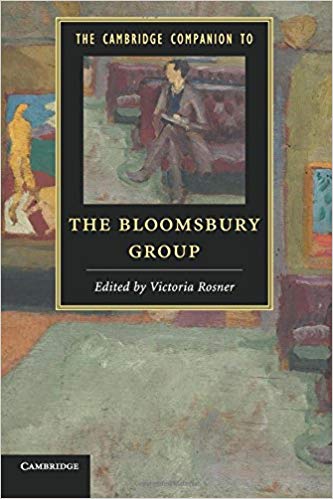
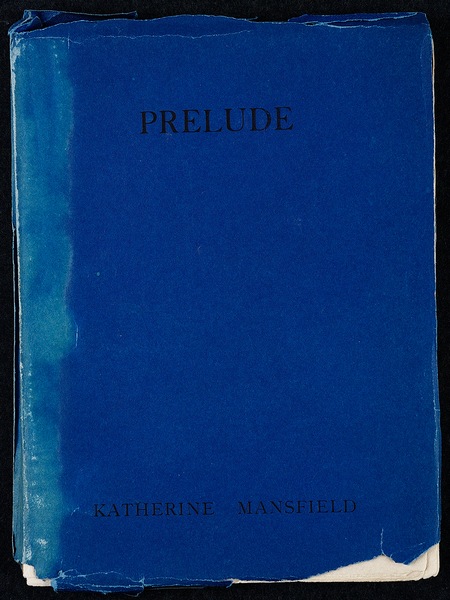
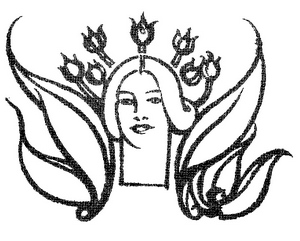
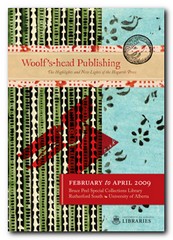


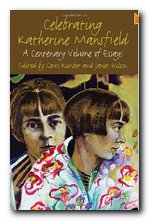
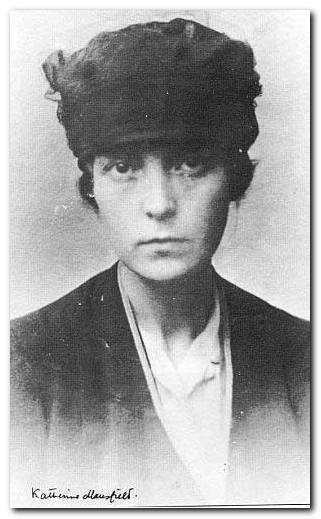
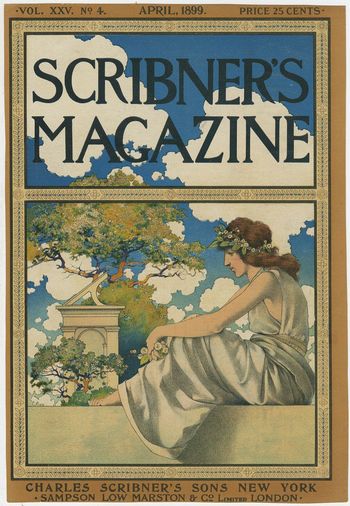
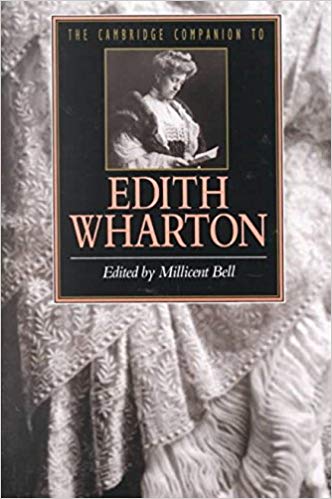
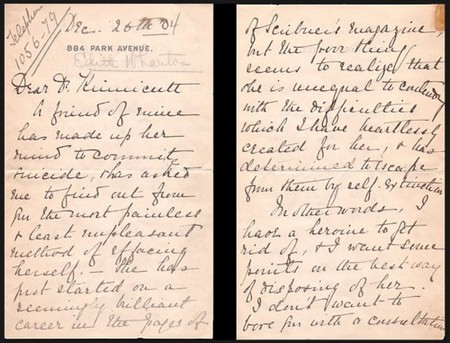
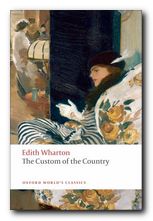 The Custom of the Country
The Custom of the Country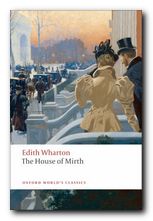 The House of Mirth
The House of Mirth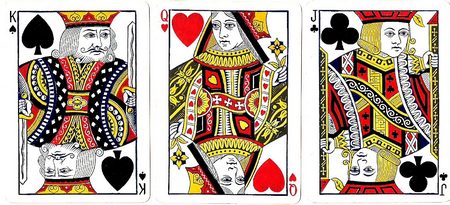
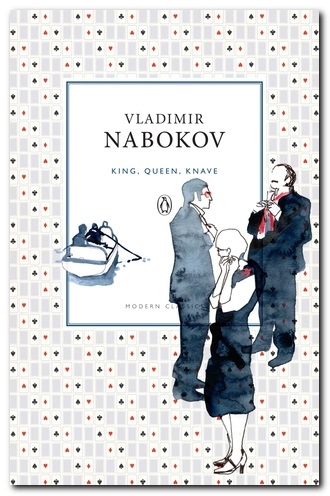
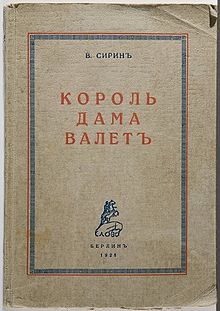
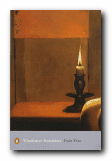 Pale Fire
Pale Fire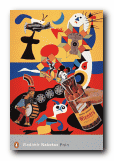 Pnin
Pnin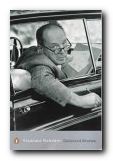 Collected Stories
Collected Stories